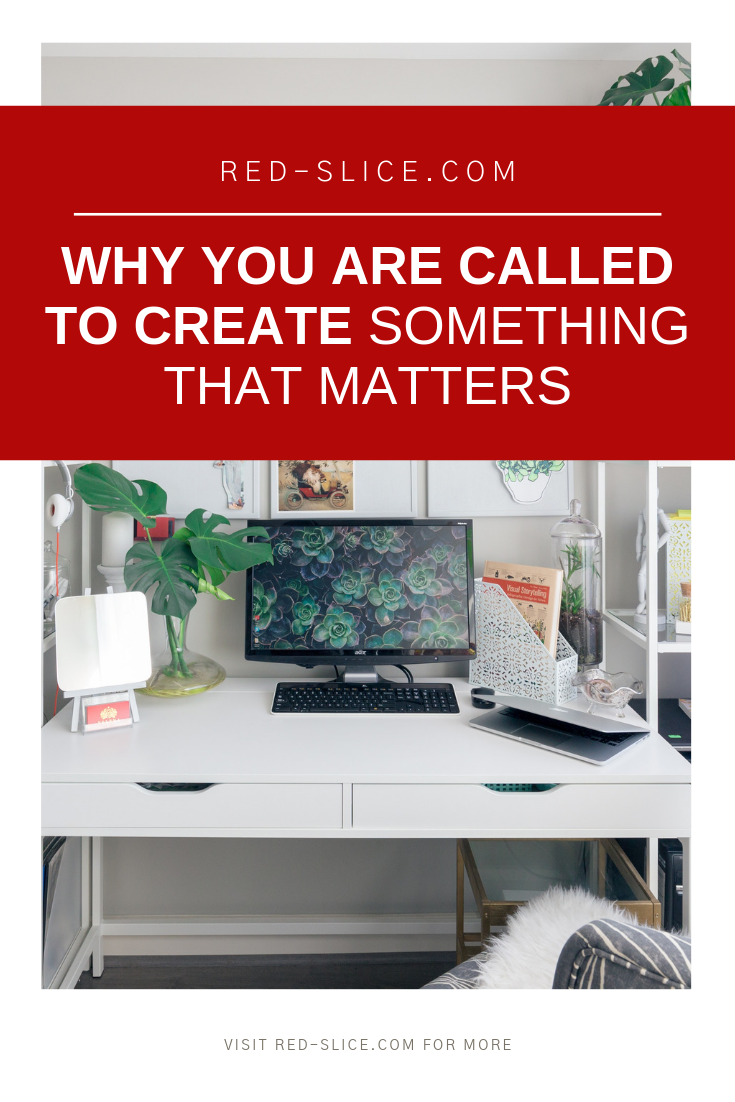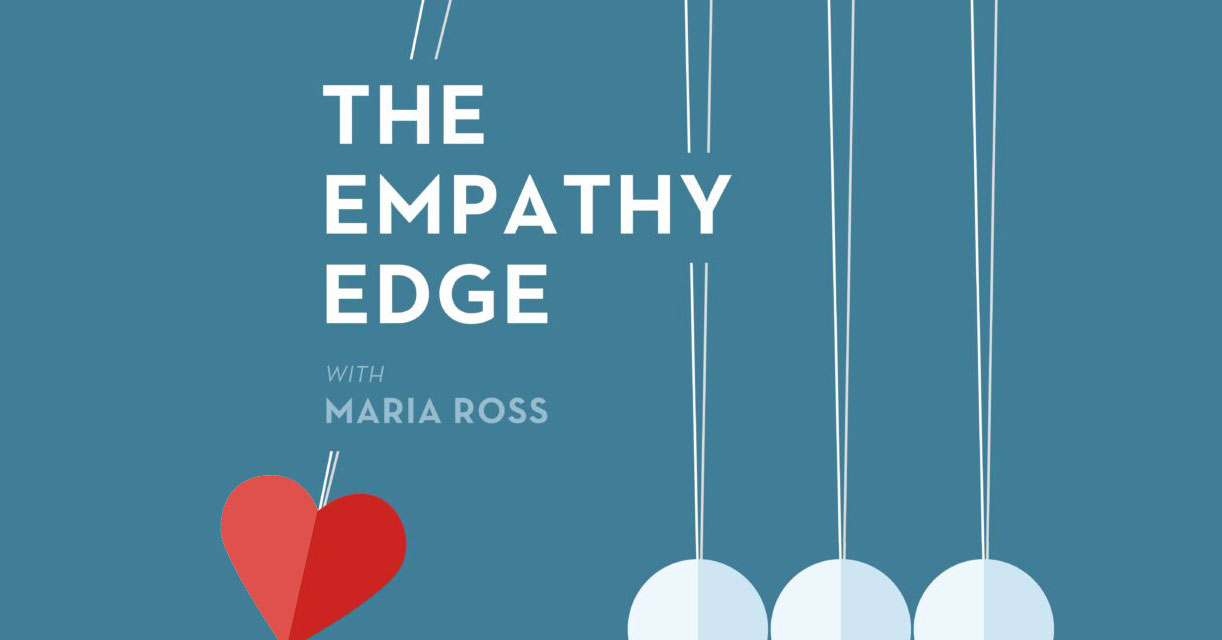
Do you want to create something that matters?
That sort of seems like a trick question, right? Who says “I’d like to create work that’s superficial, boring, and disposable?”
Nobody, right?
But sometimes we’re reminded about the importance of putting good things into the world by … magazines in the grocery store checkout line.
There I was, three months after giving birth to my son and buying a few groceries in a rare respite outside of the house. As I waited in line, my eyes scanned across the magazine headlines screaming at me from the checkout stand:
“Hate Your Butt? 5 Secrets to A Body You’ll Love!”
“Miracle Cream Erases Wrinkles Forever!”
“How to Be Rich and Powerful…And Work Less Than Three Days A Week!”
“(CELEB) Tells All About Her Life, Loves and Drug Use in Hot New Autobiography Buy it Today!”
A wave of panic flooded over me as tears sprang to my eyes. Frustrated tears. Angry tears.
Was this the world my darling little boy has just entered? This is what he has to look forward to once he learns how to read? Yikes.
Maybe it was post-partum hormones but, really…no. Anyone who knows me knows I have hated hyperbolic marketing and trashy reality TV (worse, people who are famous just for acting like infants) for a while.
And the digital marketing world is no different: people promising riches, 6-figure incomes, and pretty much everything but an evil lair in your own mountain hideaway (although it’s probably out there).
Despairing, I surfed social media when I got home and just felt sicker. All the noise, empty claims, the “Buy This!” and “You Need That!” It seemed everyone was promising people – entrepreneurs and women especially – a pot of gold at the end of their own personal rainbow.
I’m all for optimism. But I’m also for truth and value. For putting in the hard work required to build something wonderful. And many people I know offer such value to their clients and customers every day. You just can’t always hear them above the din.
Then, I finally got it. It’s not about silencing the crazies. They will always be there, promising people the sun, moon and stars, and yes, they will find an audience to believe.
But the more of us who pledge to put something good out into the world, something decent, and thoughtful and true – the more the tide will rise and lift us all up. It’s not about stopping them. It’s about stepping up ourselves and ensuring the stories we tell are honest, the work we deliver is quality and, most importantly, the marketing we create has value and meaning.
We see examples everywhere, if we look hard enough. People like Marie Forleo, Alexandra Franzen, and Jay Baer market themselves and what they offer with integrity, hope, and meaning. These are the ones we should emulate. These are the people we should strive to become.






